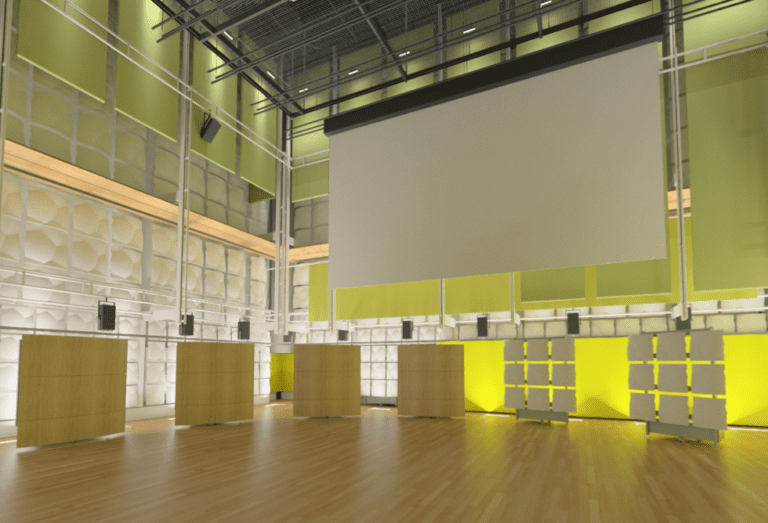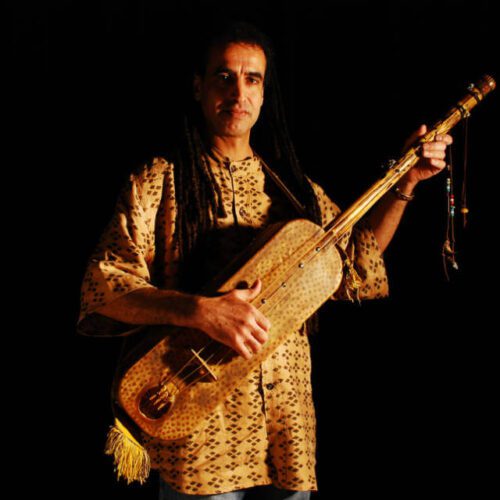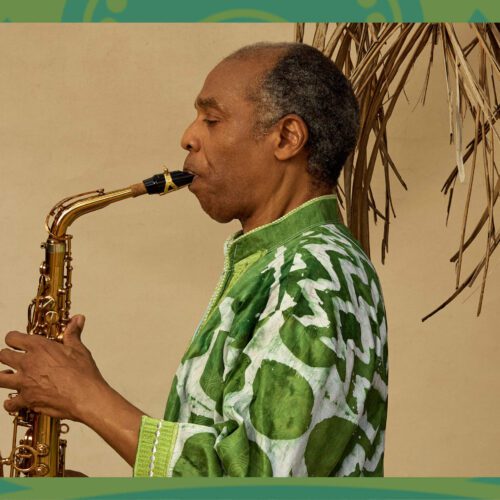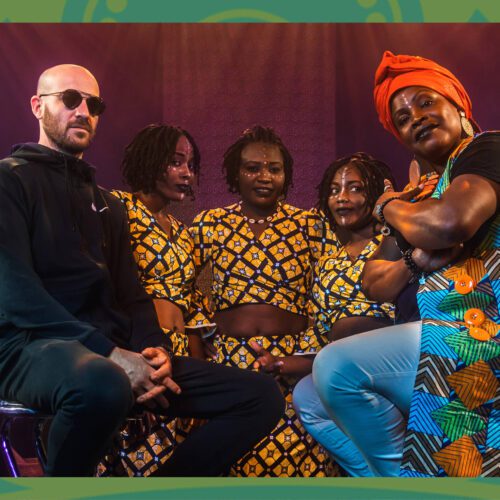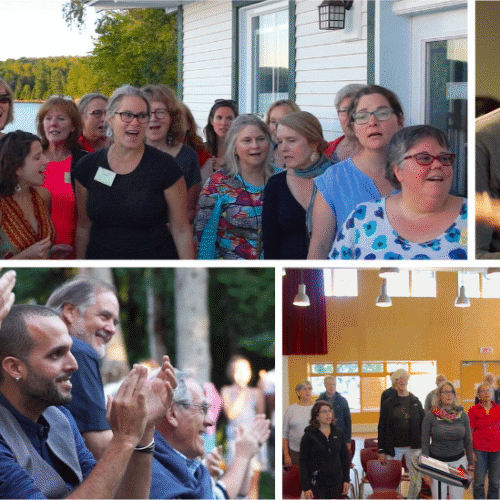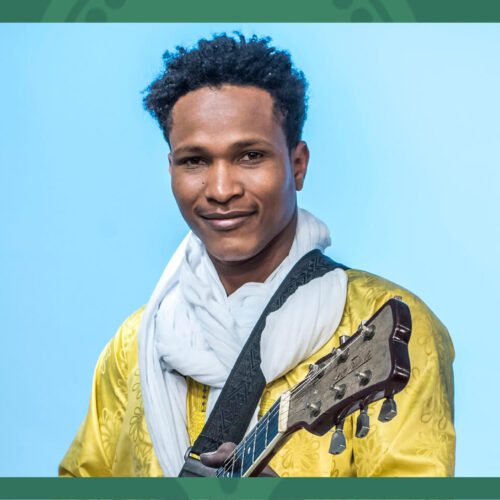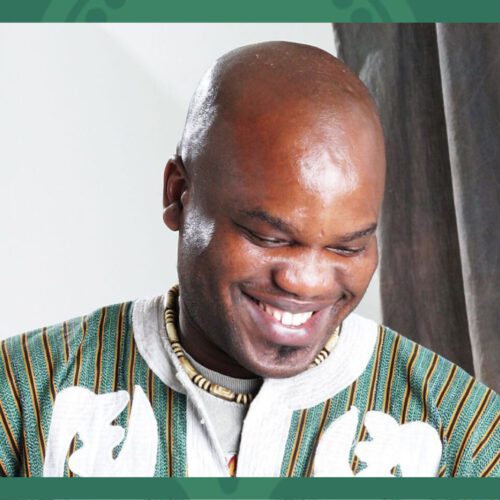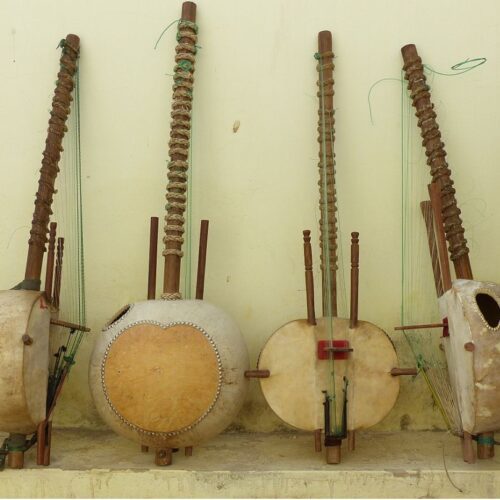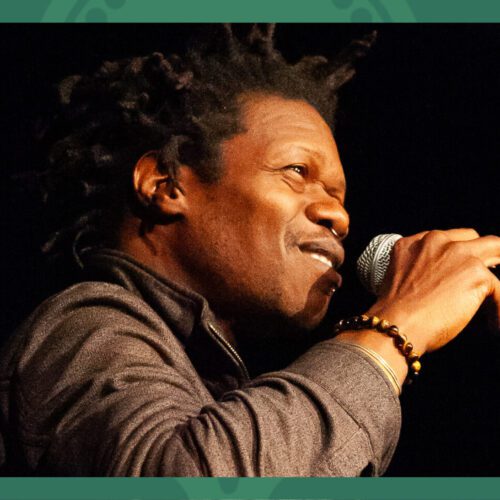Additional Information
Last Thursday, the CIRMMT (pronounced Kermit, like the frog) inaugurated its new multimedia room. A state-of-the-art infrastructure, whose use is threefold: as an acoustic research laboratory, a concert hall and a recording studio capable of comfortably hosting a symphony orchestra. Montreal is now equipped with some unique infrastructure in the world that opens up avenues of research for an entire generation of Quebec researchers and musicians.
The auditory experience of this room is of an enjoyable sensuality, every self-respecting Montrealer should experience it. We met the man who has been carrying out this project for twenty years: Marcelo Wanderley, professor of music technology at McGill University.
PAN M 360: Why was this multimedia room project needed at the Interdisciplinary Center for Research in Music, Media and Technology (CIRMMT)?
Professor Marcelo M. Wanderley: In 2006, we had a room that was good for music, but our setup was rustic; the floors were made of plywood, we used curtains to manage the reverberation of the sound, so to meet the needs of the CIRMMT researchers we needed a multi-functional, high-tech room, a place where we can play music but also where we can study music and sound. For that, we were missing millions of dollars, because a floor of 400 square meters, in addition to acoustic treatment with a volume of 7,000 cubic meters, is expensive, all the same.
Professor Wanderley smiles as he talks about the acoustic tiles, the removable curtains, the wooden reflectors that make up the essence of the room. He pursues:
We invested $6 million. Constellation alone costs over a million. The Constellation sound system is 62 speakers, microphones, equipment that adjusts the reverberation of the room according to our projects, a technological gem that allows us to modulate the acoustics of the room at will.
PAN M 360: What was your role in the project?
Professor Marcelo M. Wanderley: (laughs) Well, I wrote it, five times. With other researchers, of course, we presented the project to the Canadian Foundation for Innovation, we explained to them what research we planned to do in this room, it was the fifth time that we presented our request ; in 2000, 2002, 2004, 2012, and each time it didn’t work, finally in 2014 we got the green light.
PAN M 360: What made it work this 5th time?
Professor Marcelo M. Wanderley: The partnership with the University of Montreal! We made it an 11 million project, where there were three million for the Salle Claude-Champagne and suddenly it became a project that affected practically all music students in Quebec. In 2014, we were preparing to submit a new application, the U of M team was preparing their project on their side and contacted me to collaborate on their own application, we married the projects, we went beyond the idea of the bell tower, where a university owns a room which allows it to say that it is the best. We don’t care about that. It’s taxpayer money whether at McGill or the U of M.
PAN M 360: Let’s talk about the taxpayer: why do we need cutting-edge infrastructure like this in Montreal in 2023?
Professor Marcelo M. Wanderley: First, for its realization, we developed knowledge in acoustics which is unique in the world; the architects and engineers who worked on the project learned to do things that have never been done. What has been done here is very exportable. I think the Montreal Chamber of Commerce should look at this project and brag about it.
Then, with this equipment we will attract the best researchers from around the world because there are not five laboratories like this in the world.
There is monstrous economic potential here.
PAN M 360: So this is cutting-edge research that is highly applicable?
Professor Marcelo M. Wanderley: “Yes, for example, if the OSM has to do a concert at the Orange Bowl in Los Angeles, obviously it is a very particular acoustic, the Orange Bowl. This must be taken into account when preparing for the concert. However, we can recreate the acoustic conditions of this stadium in our own room.
We can simulate a lot of environments. For musicians, we don’t play the same way in the Maison symphonique, in an arena or in a cathedral. This is an example of practical application of the room.
PAN M 360: If we enter CIRMMT in the coming months, what research projects will we be exposed to?
Professor Marcelo M. Wanderley: Our first axis is the development of new instruments, new interfaces for creating music, we create sounds never before imagined. The second axis is computer science, the entire musical database, scores, image recognition, the third is the study of movement, cognition, playing style and the last is is the application of all that in performance, in practice. We have more than 60 researchers from 8 or 9 universities working here.
PAN M 360: Are you an engineer by training? This leads us to discuss interdisciplinarity, which is one of your hobby horses.
Professor Marcelo M. Wanderley: I am not a musician. I am an engineer, and I am very humble in the face of the musicians around me (laughs) but at CIRMMT, we touch on all areas. It ranges from philosophy, electrical engineering, mechanics, physics, through history, music, neuroscience.
This is something that I find great in Quebec, we have funding for a transversal center like ours. We are shaking up silo structures with the multidisciplinarity of projects; for example, one of my students is leading a project which allows a musician in training to physically feel, with the help of sensors, the action of the muscles, tendons and breathing of a professional musician and therefore to inspire one’s own practice. This is an unclassifiable project, is it a music or engineering project? The CIRMMT allows this type of project that the faculties do not know where to classify.
And we sense that Professor Wanderley has a lot of fun with the idea of instigating projects of this type which challenge established structures.
Professor Marcelo M. Wanderley: In closing, the CIRMMT is also a place of performance. The general public can see concerts there, most of them free, just go to the Schulich Faculty of Music website.
